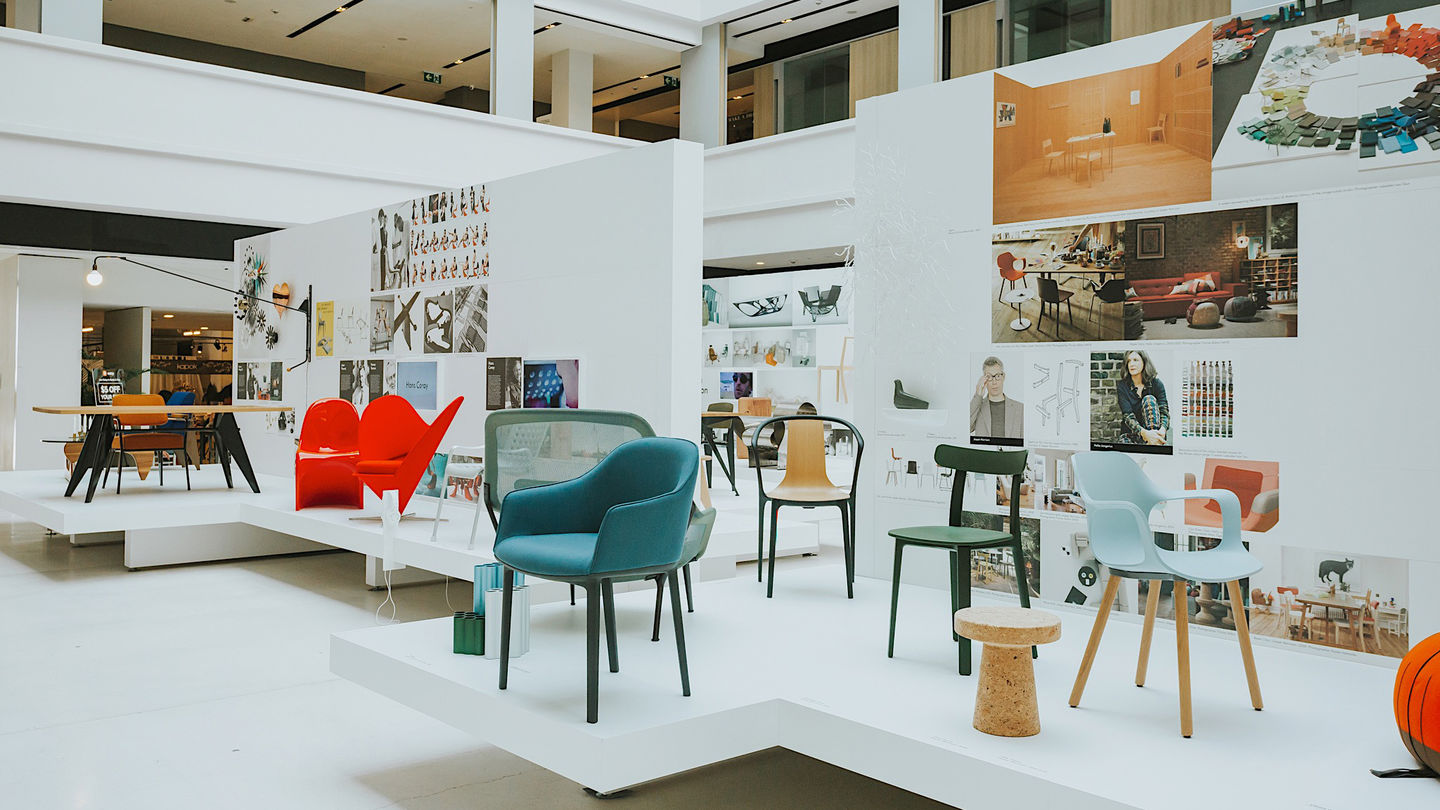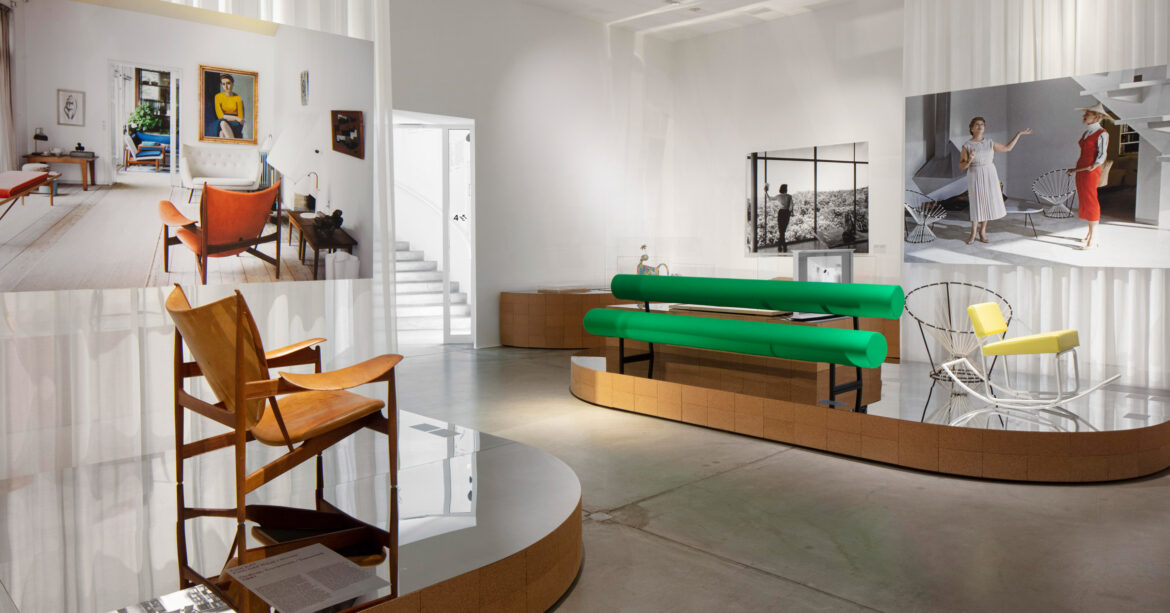On the occasion of the centenary of the birth of the American designer George Nelson (1908-1986.), the American Design Museum “Vitra” made an extensive retrospective of his works. Nelson was one of the most influential figures in American design during the second half of the 20th century. century. He graduated in architecture from Yale University and was also respected as a writer, publicist, lecturer, curator and passionate photographer. His studio designed furniture and interior pieces that have become classics, including the Coconut Chair (1956), the Marshmallow Sofa (1956), the Clock Ball (1947) and the Bubble Lamp (1952). The Vitra Museum exhibition was open from October 29, 2011. from 12.02.2012. in the Bellevue Art Museum in Seattle (USA).
As director of design at Herman Miller, a leading manufacturer of modern furniture in the US, Nelson had a major impact on the company’s product line and public image for over two decades. He played an important role in bringing the company together with design names such as Charles Eames, Alexander Girard and Isamu Noguchi. From the very beginning, Nelson lived in the conviction that design should be an integral part of the company’s philosophy, and by promoting this attitude, he became a pioneer in the field of business communications and corporate design.
As an architect, designer and writer, Nelson was deeply interested in the themes of domestic life and interior design. In the best-seller The House of Tomorrow (1945, co-written with Henry Wright), Nelson introduced the revolutionary concept of the “storage wall.” Then he explained that the walls of the houses can be used for storing things, by making floor-to-ceiling double wardrobes. A revolutionary idea for the era heralded the flood of consumer goods produced not long after by the economic boom in the Western world, turning family homes into small warehouses.

Nelson designed a number of private homes, including the New York home of Sherman Fairchild (1941 with William Humby) and the Spat House on Southampton Beach (1956 with Gordon Chadwick). As a dedicated advocate of industrial construction, Nelson has published a large number of texts on the subject of prefab architecture. During the fifties of the 20th century, he developed the concept of the “experimental house”, a modular system of cubic elements with Plexiglas roofs, which the owners can assemble according to their needs for space. In addition to his interest in architecture and interior decoration of homes, Nelson also closely followed office furniture. Apart from designing the first L-shaped desk, he played an important role in the development of Herman Miller’s “Active Office”, and during the 1970s he created his own office system, the Nelson Workspace. Similar to Nelson’s system of furnishing homes and experimental architecture, this system is based on different configurations of modular elements that can be freely combined.
The extraordinary variety of design work of Nelson’s studio goes beyond the field of furniture design, although his reputation is based on that particular type of design. Among the clients of Nelson’s studio were numerous large corporations such as Abbott, Alcoa, BP, Ford, Gulf, IBM, General Electric, Monsanto and Olivetti, as well as the United States Government itself. Nelson’s studio in New York, was founded in 1947. , during his work of more than three decades employed more than fifty designers, among them well-known names such as Ettore Sottsass and Michael Graves. In addition to participating in exhibitions, and designing interiors for restaurants and showrooms, George Nelson and his studio designed kitchens, tableware, turntables, speakers, birdhouses, computers and typewriters, company logos, packaging, carpets and tiles.
Nelson’s versatility culminated in the organization and design of the American National Exhibition held in Moscow in 1959. Nelson and his collaborators selected several hundred industrial products made by American companies and exhibited them on a huge three-dimensional platform that contained several levels and was designed especially for this exhibition. He also furnished a “model apartment” and designed a large fibreglass umbrella for two other exhibition pavilions. The Moscow exhibition was the backdrop for the famous “kitchen debate” between Nixon and Khrushchev. Equally spectacular was Nelson’s exhibition of “Chrysler” at the 1964 New York Fair – among other things, it contained a twenty-meter long “giant car” inspired by Pop Art and a large engine as part of the exhibit. While this Fair celebrated the automobile, Nelson took a more critical view of this form of transportation in his essays and lectures on urban planning. Already in 1943. he presented the concept of a car-free shopping centre in the article “Grass on Main Street”. During the 1970s he was developing plans that would completely eliminate cars from the streets, such as the never-realized vacation village project in Portugal.
